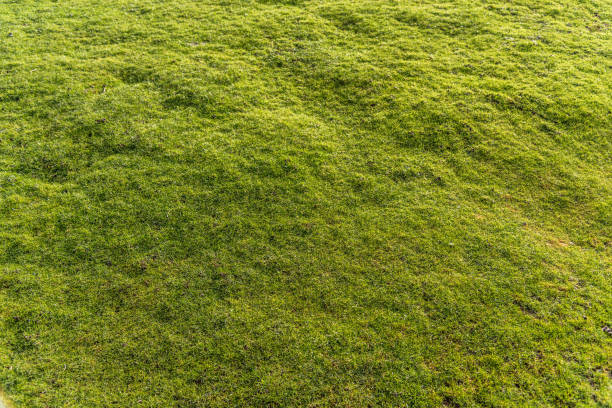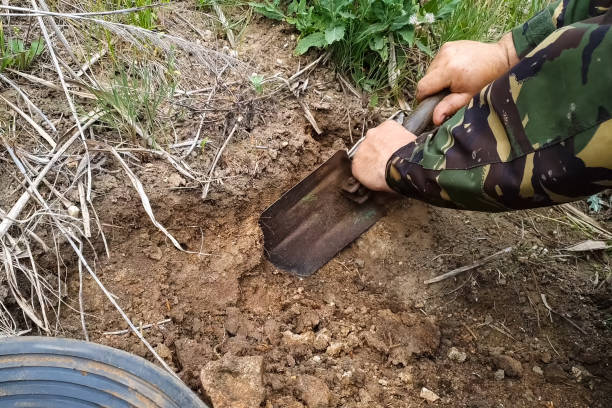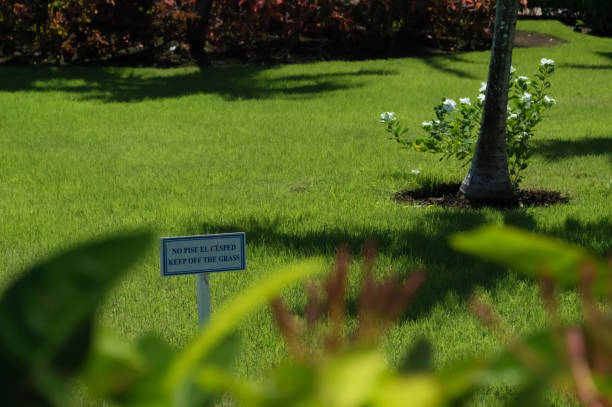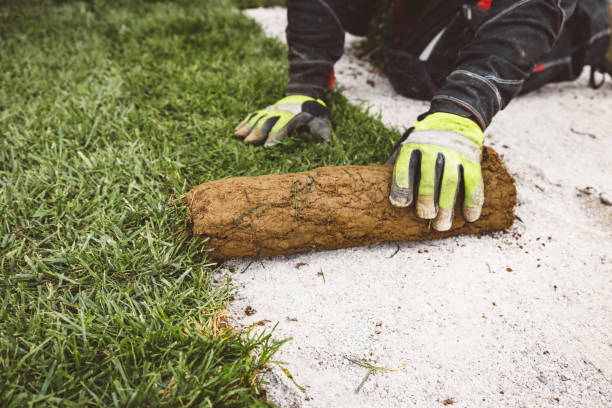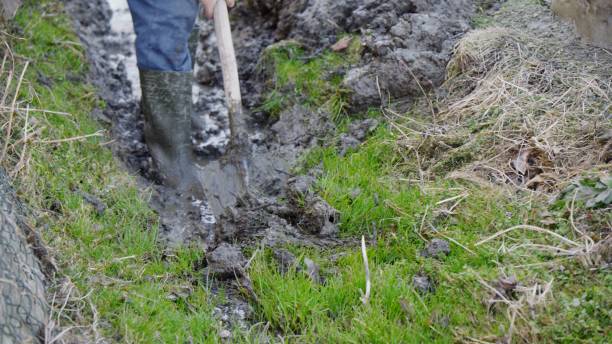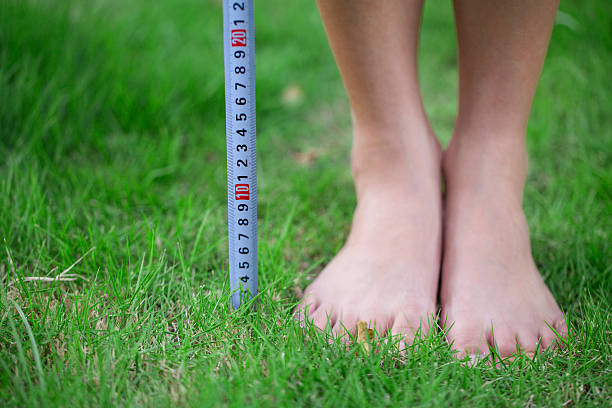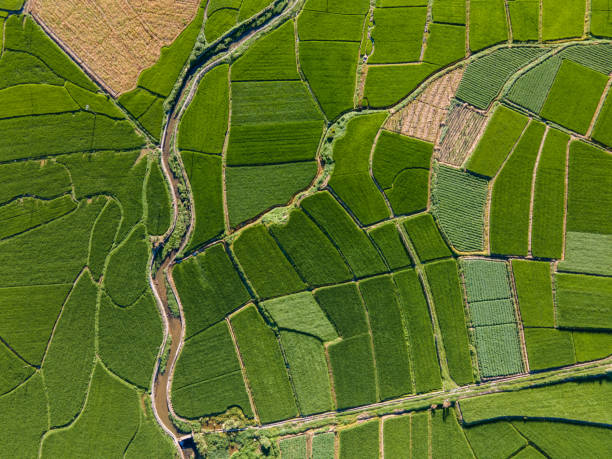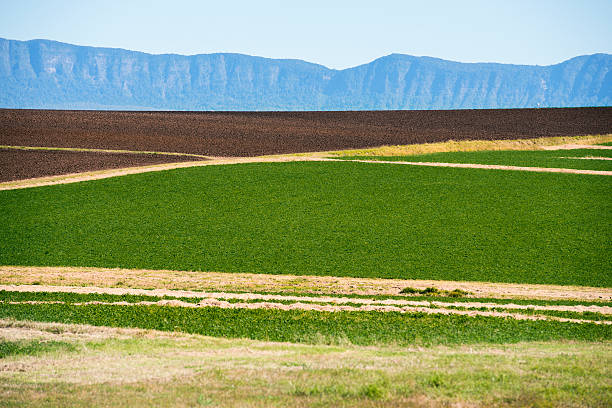Why Is My Yard So Bumpy? Understanding the Causes and Solutions
This post contains affiliate links. This means I will make a commission at no extra cost to you should you click through and make a purchase. Read the full disclosure here.
Why Is My Yard So Bumpy?
Having a beautiful and well-maintained yard is a source of pride for many homeowners. However, if you find yourself wondering, “Why is my yard so bumpy?” you’re not alone. Uneven terrain can make your yard less appealing and more challenging to maintain. In this article, we will explore the common causes of a bumpy yard and provide you with practical solutions to restore a smooth and level surface.
Common Causes of a Bumpy Yard
Soil Settling
Over time, soil settling can lead to an uneven yard. It occurs when the soil beneath your lawn compacts or shifts due to factors such as natural settling, erosion, or even heavy foot traffic. This can result in depressions and mounds throughout the yard.
Poor Drainage
Inadequate drainage is another common culprit behind a bumpy yard. When water doesn’t properly drain away from the lawn, it can create areas of pooling and soil erosion. As a result, the ground becomes uneven and prone to developing bumps.
Tree Roots
The roots of nearby trees can wreak havoc on your yard’s surface. As trees mature, their roots may spread out and push against the soil, causing it to heave and create bumps. Large roots near the surface can create visible mounds, making your yard uneven.
Burrowing Animals
Burrowing animals like moles, gophers, or groundhogs can cause significant damage to your yard. Their constant digging and tunneling activities can create a bumpy terrain. If you notice holes or raised tunnels, critters might be the reason behind the unevenness.
Construction or Renovation
If your property has undergone recent construction or renovation work, it could be a potential cause of a bumpy yard. Heavy machinery, digging, or improper backfilling can disturb the soil and leave behind uneven surfaces.
Effects of a Bumpy Yard
A bumpy yard can have several negative effects that impact both aesthetics and functionality.
Uneven Lawn Surface
The most apparent effect of a bumpy yard is the unevenness of the lawn surface. These irregularities can be visually displeasing and can make it difficult to achieve a well-manicured and uniform lawn.
Difficulty in Mowing and Maintenance
Maintaining a bumpy yard can be a real challenge. Uneven terrain makes mowing the lawn more difficult, as the mower blades may scalp the high spots and leave the low spots untouched. Additionally, the bumps can obstruct the path of the mower and make it harder to achieve an even cut.
Water Pooling
A bumpy yard often suffers from poor water drainage, leading to water pooling in certain areas. Pooled water can damage the grass, create muddy patches, and provide a breeding ground for mosquitoes and other pests.
Trip and Fall Hazards
Uneven ground poses a safety risk, particularly for children, elderly individuals, or anyone with mobility issues. Bumps and depressions increase the likelihood of tripping and falling, potentially resulting in injuries.
Assessing the Condition of Your Yard
Before implementing any solutions, it’s crucial to assess the condition of your yard accurately. Here are some methods to help you evaluate the extent of the problem.
Visual Inspection
Start by visually inspecting your yard and noting any noticeable bumps or depressions. Walk across the lawn to identify areas that feel uneven or spongy underfoot. This preliminary examination will help you gauge the severity of the issue.
Conducting a Soil Test
Performing a soil test can provide valuable insights into the composition and structure of your soil. It can reveal any deficiencies, compacted areas, or imbalances in pH levels. Understanding your soil’s properties will help determine the best approach to leveling the yard.
Professional Assessment
If you’re unsure about the underlying causes or the best course of action, it’s advisable to seek professional assistance. A landscaping expert or a soil engineer can assess your yard’s condition and recommend appropriate solutions tailored to your specific needs.
Techniques for Leveling a Bumpy Yard
Once you’ve determined the causes and assessed your yard, you can move forward with the leveling process. Here are some effective techniques to restore a smooth and even yard surface.
Topdressing
Topdressing involves applying a layer of high-quality topsoil or compost to the lawn. This technique helps fill in low spots, smooth out bumps, and improve soil quality. Topdressing should be followed by overseeding to establish a lush and even grass cover.
Core Aeration
Core aeration is a process that involves removing small plugs of soil from the lawn. It helps alleviate soil compaction and promotes better drainage. By aerating your yard, you can create channels for water, air, and nutrients to penetrate the soil, gradually leveling the lawn surface.
Soil Amendments
If your soil lacks essential nutrients or has imbalances, incorporating soil amendments can be beneficial. Adding organic matter, such as compost or peat moss, can enhance soil structure and drainage while providing the necessary nutrients for healthy grass growth.
Grading and Leveling
In severe cases, where the bumps are extensive or the yard’s slope needs adjustment, grading and leveling might be necessary. This process involves removing excess soil, filling in depressions, and reshaping the terrain to achieve a more even surface. It’s a labor-intensive task that often requires professional expertise.
Preventive Measures
Taking preventive measures can help minimize the occurrence of a bumpy yard in the future. Consider implementing the following strategies:
Proper Drainage Systems
Installing a proper drainage system is crucial for preventing water buildup and soil erosion. Options include French drains, swales, or underground piping, depending on your yard’s needs. These systems divert excess water away from the lawn, reducing the likelihood of bumps caused by poor drainage.
Regular Lawn Care
Maintaining a regular lawn care routine is essential for preventing minor issues from escalating. Regular mowing, watering, fertilizing, and weed control can contribute to overall lawn health and minimize the chances of developing an uneven surface.
Avoiding Heavy Machinery on the Lawn
Limit the use of heavy machinery or equipment on the lawn, especially during construction or landscaping projects. These machines can compact the soil, disturb the grass roots, and create uneven areas.
Tree and Shrub Placement
Strategically plan the placement of trees and shrubs to minimize their impact on the lawn’s surface. Keep larger trees at a distance from the house and other structures to prevent their roots from causing soil upheaval.
Hiring Professional Help
While some homeowners may prefer a do-it-yourself approach, certain situations may necessitate professional assistance. Here are some scenarios where hiring experts is recommended.
Landscapers
Experienced landscapers can provide expert advice on yard leveling and implement the necessary techniques to achieve a smooth lawn surface. They have the knowledge, tools, and resources to address complex grading and soil issues effectively.
Soil Engineers
In cases where extensive soil analysis is required or if your yard has significant structural problems, consulting a soil engineer is a wise choice. Soil engineers specialize in evaluating soil conditions and designing appropriate solutions for long-term stability.
Excavation Services
For major yard transformations or extensive grading and leveling projects, excavation services may be necessary. These professionals have the equipment and expertise to reshape your yard and address severe unevenness effectively.
DIY vs. Professional Approach
Deciding between a DIY approach and hiring professionals depends on various factors. Consider the following aspects when making your decision.
Time and Effort
Leveling a bumpy yard can be time-consuming and physically demanding. Assess whether you have the availability and stamina to dedicate to the project.
Expertise and Equipment
Professional landscapers and soil engineers possess the knowledge, skills, and specialized equipment needed for efficient and precise yard leveling. If you lack the necessary expertise or tools, professional assistance may yield better results.
Budget Considerations
Evaluate your budget and weigh the cost of hiring professionals against the expenses associated with a DIY approach. Keep in mind that professional services often come with a higher upfront cost but can save you time and ensure long-term success.
Maintaining a Smooth Yard
Once you have successfully leveled your yard, it’s essential to maintain a smooth and even surface. Here are some tips to help you keep your yard in top shape.
Regular Maintenance Practices
Continue with regular lawn maintenance practices, such as mowing, watering, and fertilizing, to promote healthy grass growth and prevent the reoccurrence of bumps.
Monitoring Drainage
Keep an eye on the yard’s drainage patterns, especially after heavy rainfalls. Address any water pooling or areas of poor drainage promptly to prevent the formation of new bumps.
Addressing New Issues Promptly
If you notice any signs of new unevenness or bumps developing, investigate and address the underlying causes promptly. Early intervention can prevent the problem from worsening.
Conclusion
A bumpy yard can be frustrating and diminish the overall appeal of your outdoor space. Understanding the common causes and implementing appropriate solutions can help you achieve a smooth and level lawn. Whether you choose to tackle the task yourself or enlist professional assistance, restoring your yard’s evenness will provide a more enjoyable and safer outdoor environment for you and your family.
FAQ
Can I level my yard without professional assistance?
In some cases, minor yard leveling can be done without professional help. However, for more significant issues or if you’re unsure about the best approach, it’s recommended to consult with experts.
How long does it take to level a bumpy yard?
The time required to level a bumpy yard depends on various factors, including the severity of the issue and the chosen leveling technique. It can range from a few days to several weeks, especially for more extensive projects.
Is it necessary to fix a bumpy yard?
Fixing a bumpy yard is not only for aesthetic purposes but also for safety and functionality. Uneven surfaces can pose tripping hazards and hinder proper lawn maintenance.
What are the signs of poor drainage in a yard?
Signs of poor drainage in a yard include standing water after rainfall, soggy or mushy areas, and the presence of water-loving plants like moss or algae.
Can I plant grass on a bumpy lawn?
It’s possible to plant grass on a bumpy lawn, but the uneven surface can make it challenging for the grass to establish evenly. Leveling the lawn before planting will result in better grass growth and a more uniform appearance.

